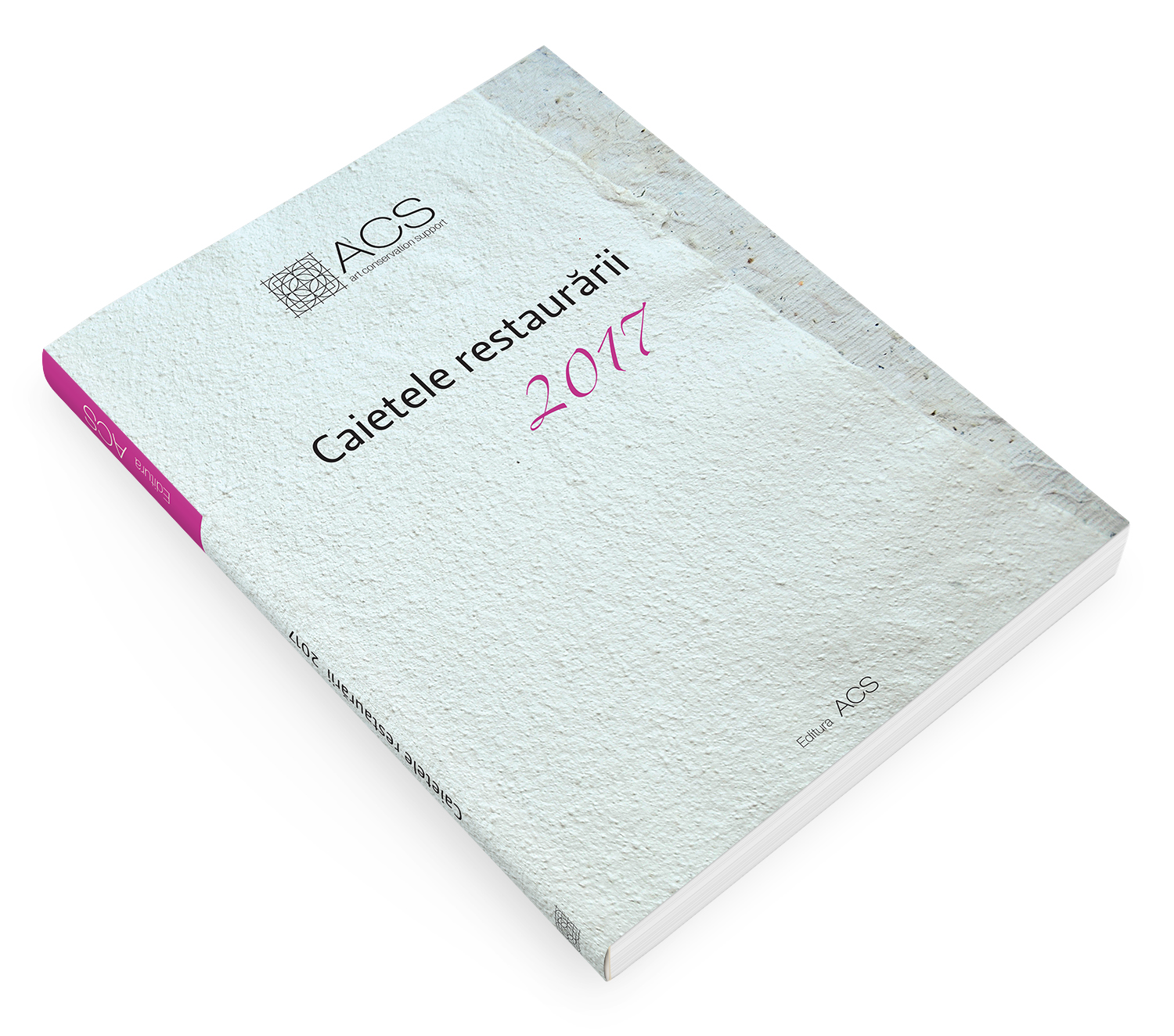Materiale și instrumente tradiționale folosite în restaurarea picturii orientale
Traditional Materials and Tools Used in Conservation of the Oriental Paintings
Author(s): Andreia TeodorescuSubject(s): Cultural history, Visual Arts, Scientific Life, History of Art
Published by: Editura ACS
Keywords: oriental paintings; traditional materials; restoration; paper; silk; adhesives; pigments; Japanese brushes;
Summary/Abstract: The conservation of Oriental paintings is essentially based on the same principles and techniques as the initial realization and mounting of these works of art. Compatibility with the original technique is an essential condition for the new materials used in the conservation process. The principle of compatibility is of utmost importance considering that European materials and tools might react differently and cause irreversible damage to the painting, both on paper and silk. The Hyogu technique for lining uses three types of paper Minogami, Misugami and Udagami. Traditional adhesives also play an important role. There are four types of adhesives, with specific uses: Shinnori, Furunori, Funori and Nikawa. The pigments Sumi and Gofun, gold or silver leaf, as well as knives and other tools in the traditional technique are essential elements to be known. There are also certain European type materials like Simpatex or Rayon leaf that may be added to these. Investigation tools and technology are also extremely important. „Traditional materials and tools used in the conservation of oriental paintings” will focus on the traditional materials and techniques used both for the realization and the conservation of the Oriental paintings.
Journal: Caietele restaurării
- Issue Year: 1/2017
- Issue No: 6
- Page Range: 96-103
- Page Count: 8
- Language: Romanian
- Content File-PDF

